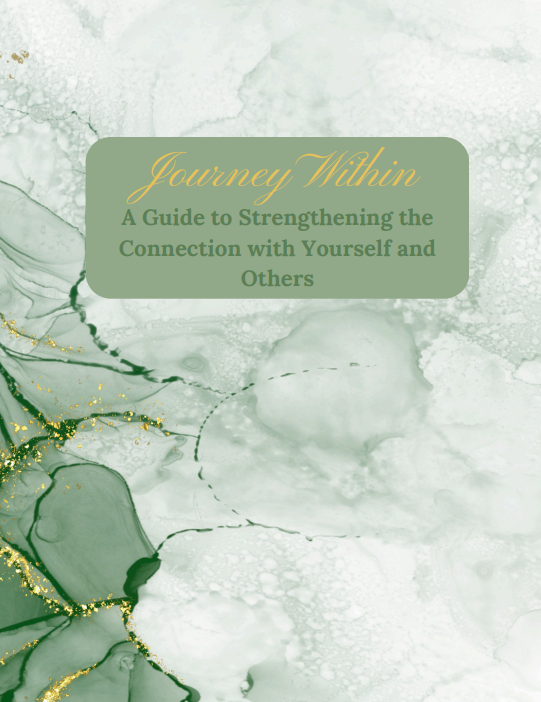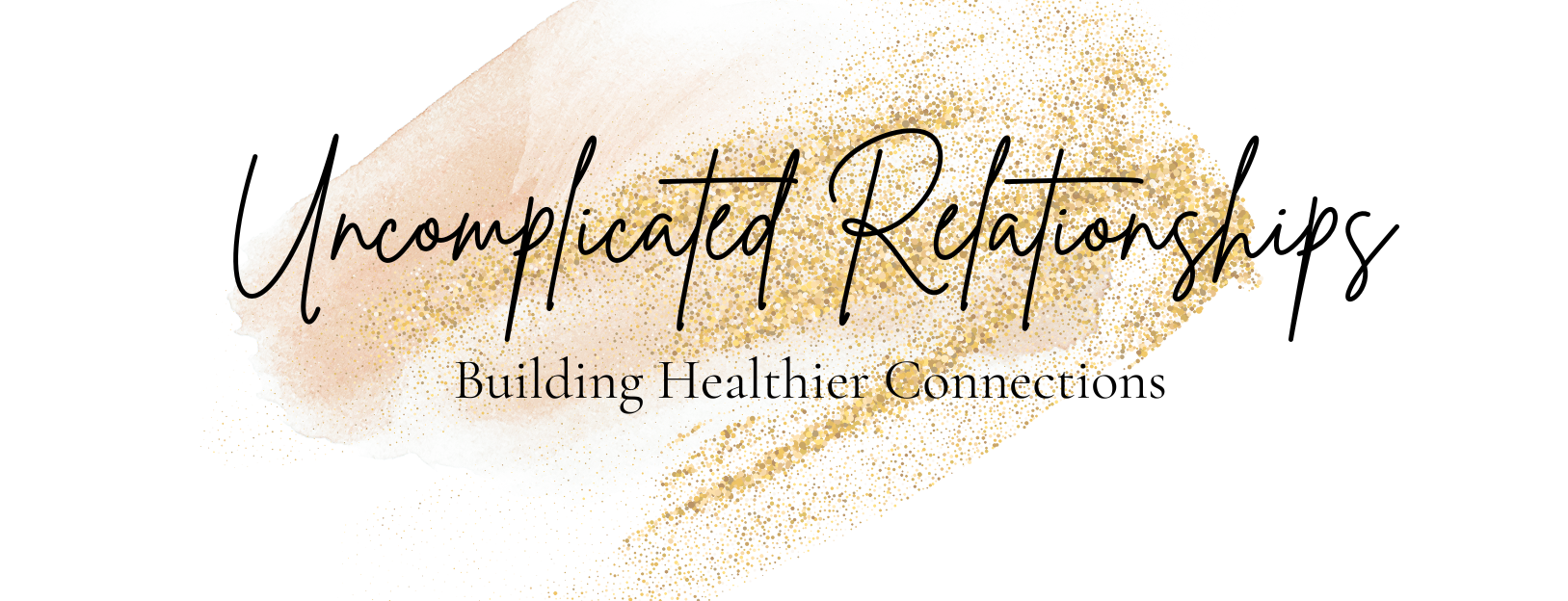Fun fact about me: I used to work for a large healthcare organization, supervising their clerical staff. While in this role, I worked with an HR Director who had a mantra he would say to the leadership team regularly, “Perception is Reality.” And this mantra used to drive… me… NUTS! You see, me and my leadership team were struggling to meet the demands of our large team (due to short staffing, lack of resources, too many meetings and not enough time to do the actual work, etc.) and this was creating dissatisfaction with us among our team members.
This organization prioritized team member satisfaction and regularly collected feedback to ask how things could be improved. To do this they would send out an annual survey to team members, giving them the opportunity to give anonymous feedback about their role, the organization, and their leadership team…and let me tell you, since the feedback was anonymous, people did not hold back. It felt like it was really an opportunity for some to roast us. Some of the comments left were absolutely soul crushing.
From those surveys it was very obvious to us that our team members had very little insight into our realities and what we could and could not provide for them. This made me feel hurt, embarrassed, disheartened, and frustrated, which made me want to act defensively and fight against their perceptions and feedback. I was too emotionally immature to recognize it at the time, but our HR Director was correct… someone’s perception really is their reality.
Since then I’ve held other positions and have had many other life experiences which have opened my eyes to that fact. I’ve also learned of a very valuable tool that would have helped me to break down that “us versus them” barrier, neutralize their resentment, and foster an environment of mutual understanding. That tool is: Validation.
In a previous post: Healthy Communication 101: Effective Communication Skills for Healthy Relationships, I shared the guidelines for effective communication with your partner, one of them being validation. Today I want to expand further on the why and how you should be using validation to transform your relationships.
Table of Contents
Benefits of Validation:
First, let’s review some key benefits of using validation, to better understand why this is such an important relationship tool.
Builds Trust: When someone feels heard and understood, it creates a foundation of trust. Validation shows that you respect their perspective and are open to their emotions, which strengthens the bond between you.
Encourages Emotional Safety: People are more likely to express their true feelings and thoughts when they know they will be validated. This creates a safe emotional environment where both parties can communicate openly.
Reduces Conflict: When you validate someone’s emotions, it helps de-escalate tense situations and reduces the likelihood of misunderstandings or arguments. Validation helps people feel less defensive and more willing to engage in constructive conversations.
Enhances Empathy: By validating others, you practice putting yourself in their shoes. This leads to deeper empathy and better understanding of their experiences, helping you connect on a more meaningful level.
Promotes Mutual Respect: Validation communicates that you value the other person’s feelings and thoughts, fostering a relationship based on mutual respect. This can lead to greater cooperation and a stronger partnership.
Strengthens Emotional Intimacy: In romantic or close personal relationships, validation is a key element of emotional intimacy. It helps both individuals feel seen and appreciated, deepening the emotional connection between them.
In short, validation helps people feel more understood, supported, and valued, which can lead to healthier and more fulfilling relationships.
Defining Validation
Validation involves acknowledging and affirming another person’s feelings, thoughts, or experiences as legitimate and worthy of attention. It does not mean you necessarily agree with the other person’s experience or that you should pretend you’ve had the same experience, but you acknowledge that what they have experienced is real to them.
When we’re hearing other people’s perspectives that are dissimilar from our own, we must keep in mind that two things can be true at the same time. Two people can go through the exact same situation and end up perceiving it very differently, and neither person’s experience is wrong. The reason this happens is because each person brings with them different life circumstances and conditioning (attitudes, beliefs, biases that we have learned over the years) that help to shape our perception.
We also must keep in mind that invalidating someone’s experience will not change their mind or their perspective…it just creates a divide between the two of you. I’ve witnessed this first hand while working as a Crisis Counselor. For many of the individuals I spoke with while doing that work, invalidation by their loved ones had created such a divide that they started to feel hopeless within their relationships, whether it was a romantic relationship or a relationship between a parent and child.
What Does Invalidation Look Like?
Invalidation can take several forms. Here are the most common, as well as some examples of what invalidation can sound like:
Dismissing or Belittling Feelings:
- “You’re overreacting.”
- “It’s not a big deal, just get over it.”
- “You’re being too sensitive.”
Minimizing or Downplaying Emotions:
- “Other people have it worse, why are you complaining?”
- “It’s not that serious, you shouldn’t be upset.”
Ignoring or Not Acknowledging Feelings:
- Changing the subject immediately when someone shares their emotions.
- Offering solutions or advice before acknowledging the person’s feelings.
Judging or Criticizing Emotions:
- “Why are you sad? You have everything to be happy about.”
- “You’re just making things up in your head.”
Invalidating with Comparison:
- “Well, my day was much worse, so I don’t think you should be upset.”
- “I don’t see why you’re so angry; I would have handled it differently.”
Gaslighting (making someone doubt their reality):
- “That didn’t really happen, you’re just imagining things.”
- “You’re being paranoid; that’s not what I meant at all.”
Redirecting Focus Away from the Person’s Experience:
- “Well, I was upset too, but nobody asked me how I felt.”
- “I don’t have time for this, we need to focus on something more important.”
Saying “Calm Down”:
- “Just calm down, you’re making a big deal out of nothing.”
- “You shouldn’t be upset; there’s no reason to get so worked up.”
Invalidation can be particularly harmful in relationships because it can cause feelings of isolation, frustration, and emotional distancing. When someone feels invalidated, they may be less likely to express themselves in the future, which can damage intimacy and the relationship itself.
How to Use Validation
I’m so grateful for my experience as a Crisis Counselor because in that role I got to witness firsthand the absolute power of validation. When I would apply this tool, I noticed a pretty quick shift in the individual’s mood. They’re tone would relax, voice would lower, speech would return to a normal pace, and they’d stop crying. It helped to bring them out of a crisis state and into a more relaxed state. It also helped them to process their experience, make sense of it, and ultimately begin to move forward. And I couldn’t believe the gratitude they expressed at the end of the call, just from having a validating, listening ear.
While in this role, I recognized that I had been relying on invalidation as a way to manage other people’s emotions and expectations. I did this with direct reports, friends, my spouse, and my kids. Since recognizing this, I have made a conscious effort to stop. I will say that I’ve seen noticeable benefits, especially in my relationships with my kids. Again, if my experience as a Crisis Counselor has taught me anything it is that validating your kids makes them feel more comfortable coming and talking with you about difficult subjects – and that is what I strive for, because I want my kids to have a trusted adult to go to when they need help, versus trying to figure it out on their own or ask their peers for advice.
Here are some ways that you can begin to use validation, as well as some examples of what validation can sound like:
Acknowledge their emotions:
- “I can see that you’re really upset, and that makes sense given what you’re going through.”
- “It’s completely understandable that you’re feeling this way right now.”
- “It sounds like you’re feeling frustrated, and I get why you’d feel that way.”
Show empathy and understanding:
- “I’m so sorry you’re dealing with that. It must be tough.”
- “I can’t imagine how hard that must be for you, but I’m here for you.”
- “That sounds really difficult. I’m glad you’re sharing it with me.”
Acknowledge their perspective:
- “I see why that situation upset you. It’s really frustrating when that happens.”
- “I understand why you’d feel hurt by that.”
- “I can tell this situation is making you feel anxious, and that makes sense.”
Support their feelings without judgment:
- “It’s okay to feel sad about that. Your feelings are valid.”
- “Your reaction is completely understandable given what you’ve been through.”
- “It makes sense that you’re feeling overwhelmed right now.”
Reflect their emotions back to them:
- “You sound really angry about this. Do you want to talk more about what happened?”
- “It seems like you’re really disappointed, and I get why.”
- “You seem really stressed out. What can I do to help?”
Show acceptance of their experience:
- “I respect how you’re feeling, even if I don’t fully understand it myself.”
- “I can see why this situation would make you feel the way you do.”
- “It’s perfectly normal to feel upset after something like that.”
Offer comfort without trying to fix:
- “I don’t have all the answers, but I’m here for you no matter what.”
- “I don’t know exactly how you feel, but I’m happy to listen if you need to talk.”
- “I’m here for you, and I just want to support you however I can.”
Thank you for reading this post! Before we say goodbye, here are some additional Resources:
I’ve written and released an ebook that you can get here on my website called: Journey Within: A Guide to Strengthening the Connection with Yourself and Others. It contains information and exercises you can implement into your daily practice that help you to transform your ability to connect with yourself and others, thus improving your relationships. The exercises within are the exact ones I have used while doing my own shadow work, to:
- Better understand myself, my emotions, and why I do the things I do
- Improve my self-confidence and self love
- Improve my Relationships
- Achieve Better Emotional Regulation
- Discover my hidden inner strengths and talents
- Increased my empathy and compassion towards others
- Reduce or eliminate my self-sabotaging behaviors

If you’re interested in learning more about shadow work, it’s benefits, and how it can help you improve your relationship, check out my previous blog post titled: How Shadow Work Helped Me to Feel More Connected to Myself and Improve My Relationships.
Also, I create content about important skills which impact the health and quality of relationships, including self-care, healthy coping, communication, mindfulness, meditation, and shadow work. Follow me on these social platforms for more content:
If you’re struggling with any of the topics covered in this or other posts in my blog, let’s connect! Schedule a complimentary 30 minute call with me to discuss your barriers and how I may be able to help you eliminate them.
Finally, don’t forget to subscribe to the newsletter to receive new blog posts as they are published!
Thank you for reading this post! Comment your thoughts below 🙂.
